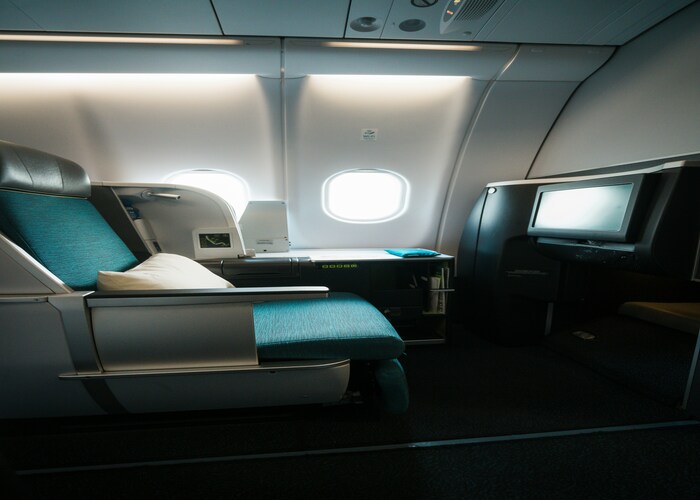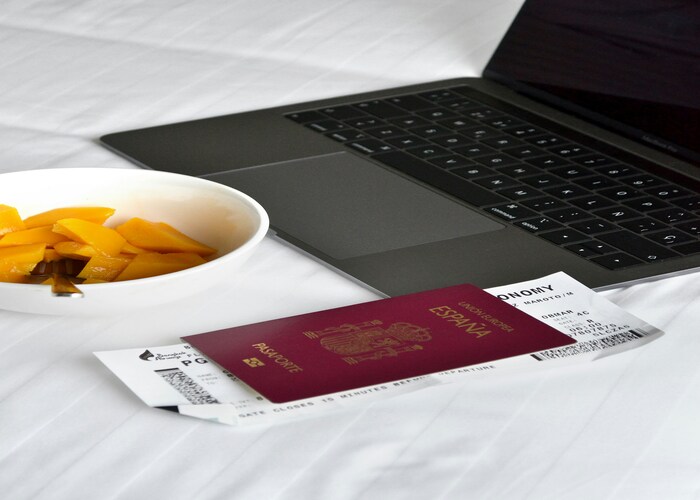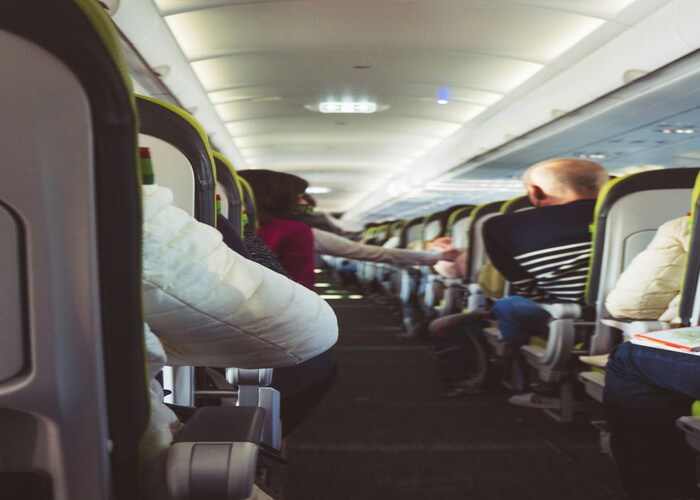Traveling abroad is exciting, but unexpected medical emergencies can quickly turn a dream trip into a stressful situation. In such cases, medical evacuation insurance becomes one of the most important forms of protection. It ensures that if you fall ill or get injured while traveling, you can be transported safely to a hospital or even back to your home country for treatment. Medical Evacuation Insurance Explained.
This guide will explain what medical evacuation insurance is, why it matters, what it covers, and how to choose the right plan.
What is Medical Evacuation Insurance?
Medical evacuation insurance, sometimes called medevac insurance, provides coverage for the cost of transporting a traveler to the nearest adequate medical facility or back home in case of a serious medical emergency.
It is especially important for those traveling to remote or high-risk areas where local healthcare facilities may not meet international standards.
Why Medical Evacuation Insurance is Important
Without coverage, medical evacuations can cost tens of thousands of dollars. Having the right insurance ensures that travelers can:
- Access Quality Care: Be moved to a hospital with proper facilities.
- Return Home Safely: If local care is not available, travelers can be flown back.
- Reduce Financial Burden: Evacuations and air ambulances can be extremely costly.
- Gain Peace of Mind: Both travelers and their families feel secure during trips.
What Does Medical Evacuation Insurance Cover?
Coverage may vary depending on the plan, but generally includes:
- Emergency Medical Transportation: From the site of the emergency to a hospital.
- Air Ambulance Services: When ground transport is not possible.
- Medical Escort Services: A doctor or nurse may travel with the patient.
- Repatriation of Traveler: Returning the insured person to their home country if needed.
- Return of Dependents: Coverage for transporting family members if the policyholder is evacuated.
Situations Where Medical Evacuation Insurance is Useful
- Traveling to countries with limited healthcare infrastructure.
- Remote travel such as safaris, hiking, or cruises.
- Business trips or study abroad programs.
- Long-term international assignments.
- Senior citizens traveling overseas with health risks.
Benefits of Medical Evacuation Insurance
- Financial Security: Covers high evacuation and air ambulance costs.
- Access to Better Care: Ensures treatment at well-equipped hospitals.
- Family Support: Some plans include return tickets for dependents.
- 24/7 Global Assistance: Many providers have emergency response teams worldwide.
- Comprehensive Safety Net: Works along with travel health insurance for full protection.
What is Not Covered Under Medical Evacuation Insurance?
While coverage is wide, some exclusions usually apply:
- Non-emergency medical travel requests.
- Pre-existing conditions not disclosed in advance.
- Injuries from extreme sports if not covered in the plan.
- Travel against medical advice. Medical Evacuation Insurance Explained.
- Routine medical check-ups or preventive care.
Who Should Consider Medical Evacuation Insurance?
- Frequent International Travelers: Business executives, digital nomads, or long-term tourists.
- Adventure Travelers: Those visiting remote or rugged destinations.
- Students Abroad: International students studying far from home.
- Senior Citizens: Older travelers who may face health complications.
- Families: Parents traveling with young children for added security.
How Does Medical Evacuation Work?
The process typically includes:
- Emergency Report: The traveler or companion contacts the insurer’s emergency hotline.
- Medical Assessment: Doctors assess the situation and decide if evacuation is necessary.
- Transport Arrangements: Ground ambulance, air ambulance, or commercial flight with medical escort is arranged.
- Hospital Transfer: Traveler is moved to the nearest hospital with proper care.
- Repatriation (if required): If needed, the traveler is transported back to their home country.
Cost of Medical Evacuation Without Insurance
The cost of medical evacuation varies based on distance, destination, and medical needs:
- Ground ambulance: Several hundred to a few thousand dollars.
- Air ambulance (domestic): Can range from $10,000 to $20,000.
- International evacuation: Often between $50,000 to $200,000.
This makes insurance a critical investment for safe travel.
How to Choose the Best Medical Evacuation Insurance Plan
When selecting a plan, consider these key factors:
- Coverage Limits: Ensure the maximum benefit is sufficient for international evacuations.
- Geographic Coverage: Check if the plan covers all destinations you intend to visit.
- Medical Escort Benefits: Look for coverage that includes nurses or doctors traveling with you.
- Pre-existing Conditions: Choose plans that cover or allow add-ons for medical history.
- Repatriation Coverage: Confirm if the plan covers return to your home country.
- 24/7 Support: Ensure the insurer provides a global emergency assistance hotline. Medical Evacuation Insurance Explained.
Medical Evacuation Insurance vs Travel Health Insurance
| Feature | Medical Evacuation Insurance | Travel Health Insurance |
|---|---|---|
| Primary Focus | Emergency evacuation & transport | Medical treatment & hospitalization |
| Coverage Area | From accident site to hospital or home | At hospitals abroad |
| Cost of Air Ambulance | Covered | Not always covered |
| Repatriation Benefits | Included in most plans | Limited in many plans |
| Works Best When Combined With | Travel health insurance | Medical evacuation insurance |
Tips for Travelers Considering Medical Evacuation Insurance
- Carry your insurance card and emergency contact numbers at all times.
- Inform travel companions about your coverage details.
- Check policy benefits carefully before long trips.
- Choose a higher coverage limit for destinations with expensive healthcare like the USA or Europe.
- Consider combining it with standard travel health insurance for full protection.
FAQs: Medical Evacuation Insurance Explained
Q1: What is medical evacuation insurance?
It is coverage that pays for emergency transport to a hospital or back home during a medical crisis abroad.
Q2: How much does an international medical evacuation cost?
It can range from $50,000 to over $200,000 depending on location and distance.
Q3: Is medical evacuation insurance the same as travel insurance?
No. Standard travel insurance covers medical expenses, while evacuation insurance covers the cost of transportation to proper medical facilities.
Q4: Do I need medical evacuation insurance if I already have travel health insurance?
Yes, because most travel health insurance policies do not fully cover evacuation or repatriation.
Q5: Does medical evacuation insurance cover air ambulances?
Yes, most policies include air ambulance services when medically necessary.
Q6: Can senior citizens buy medical evacuation insurance?
Yes, senior travelers are often encouraged to buy it due to higher health risks.
Q7: Does it cover pre-existing conditions?
Some policies do, but it depends on the insurer and the plan chosen.
Q8: Is medical evacuation available worldwide?
Yes, most providers offer global assistance, though coverage may vary by region.
Q9: Is medical evacuation insurance expensive?
No, the premium is relatively affordable compared to the high cost of an actual evacuation.
Q10: Who should always have medical evacuation insurance?
Travelers visiting remote areas, seniors, students abroad, and frequent business travelers.
Final Thoughts
Traveling abroad should be enjoyable and stress-free. However, medical emergencies can happen anytime, and being prepared makes all the difference. Medical evacuation insurance ensures that travelers can receive timely medical care, avoid overwhelming expenses, and return home safely if needed. Medical Evacuation Insurance Explained.






Leave a Reply